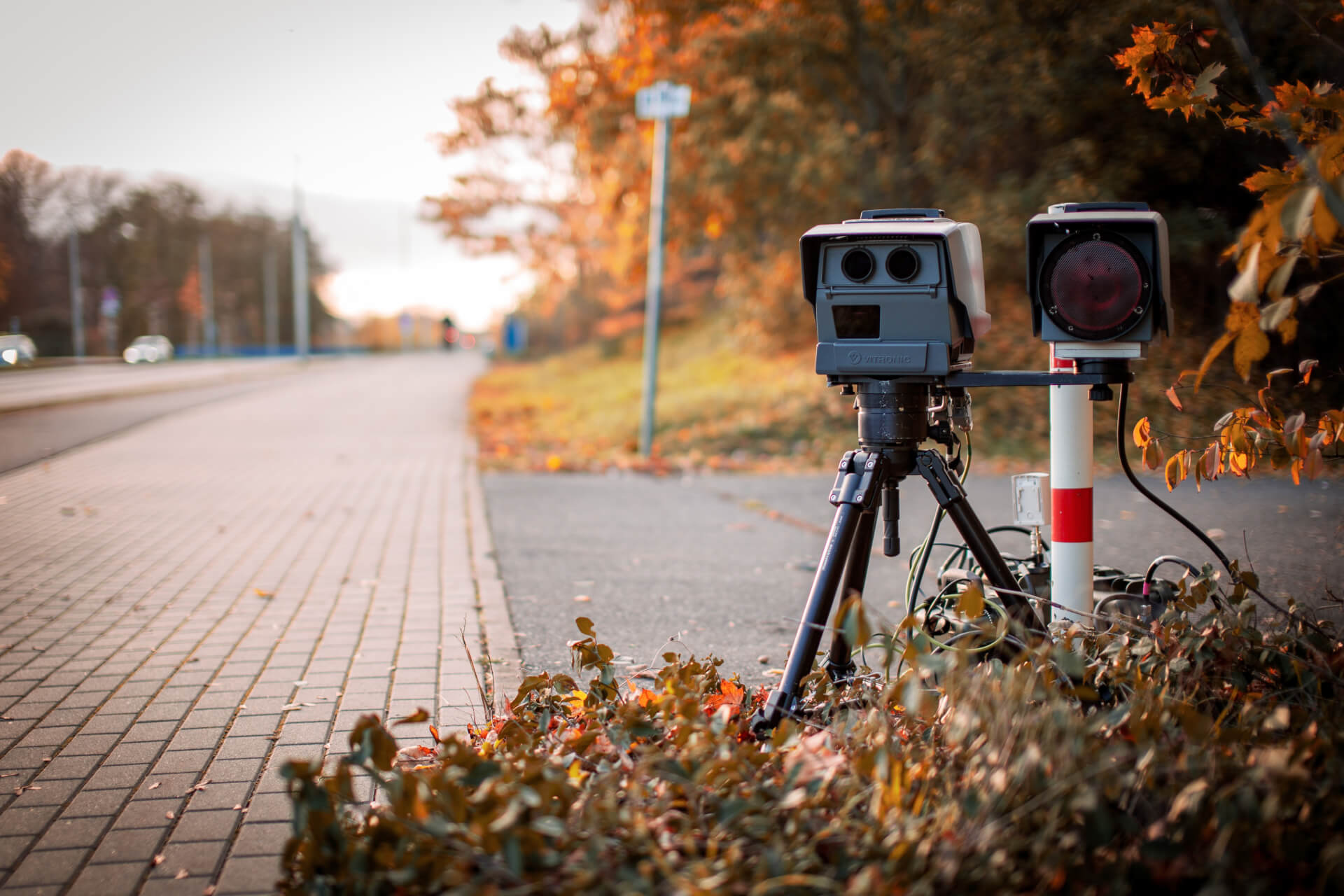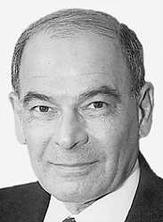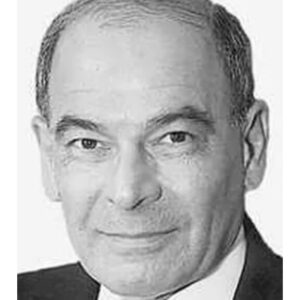
The tax assessor is the stalking horse for elected officials.
But officials now have a new cover: Speed cameras.
When Baltimore City officials recently decided to install 45 new speed and red-light cameras, they imperceptibly shifted a portion of the city’s tax burden and potential revenue growth away from property owners and onto motorists. Those who are both could get a double whammy.
The additional cameras will bring the total number in Baltimore to 165, with probably more to come as the merchants of menace scout additional locations.
It’ll cost $11.7 million to make the switch, but the returns may be worth the price to the impecunious city. The existing cameras currently bring in between $24 million to $37 million a year in fines. The traffic enforcer is no longer a cop on the corner but a camera on a pole.

Frank A. DeFilippo
Ask and they’ll say it’s about traffic safety. Baloney. It’s really about money – lots of it. And the decision is also a favor to the auto insurance industry as well as the vendors who peddle the intrusive Cyclops’ in-the-sky and on the ground. The camera company gets $11 a ticket. Sweet deal.
But the camera system has not been without problems. It had been suspended because of the number of mishaps and erroneous citations until new laws were passed to govern its operations and activate them again.
Call it for what it is – a hidden tax, just like the Maryland Lottery and the forthcoming sports betting. Abuse a red light, and the fine is $75. Get photographed by a ground-level camera for driving through a designated zone and it’ll cost $40.
This is a city, you’ll recall, that can’t afford to synchronize its traffic lights, and can’t even get straight something as simple as reading a water meter.
This is a city where a trip to the moon is a faster ride than a drive across town, and the muckety-mucks at City Hall want to slow it down even more.
And let’s not even talk about a city that can’t even process and deliver its employees’ paychecks on time and in the correct amounts.
“Taxes,” Justice Oliver Wendel Holmes observed, “are the price we pay for civilization.”
If only.
As every political rubbernecker knows, Baltimore has the highest property tax rate in Maryland, double or more than any of the 23 counties, and, in fact, one of the highest rates in the United States.
One-third of those who live in Baltimore pay all of their taxes, one-third pay some of their taxes and one-third pay no taxes at all.
A series of modest cuts were instituted a few mayors ago, a nickel a year, and caps and other tax restraints and breaks make adding to the rate unthinkable, even politically suicidal.
What’s more, not only is the city’s population shrinking, but it’s tax base is uneven, with new housing going up in the haute Zip codes around the water but coming down in the impoverished zones in the inner-city.
There is a complaint, too, that Black-owned properties are undervalued and therefore, by implication, under assessed.
To further underline the point, there are 14,000 to 16,000 vacant or abandoned properties in the city, depending on who’s doing the counting. Add to those the 7,000 public housing units owned by Baltimore’s Housing Authority, 3,745 rental assistance units and the city’s 79,851 Section 8 units and you can compose your own picture of a ramshackle city.
Another difficulty for municipalities, unlike counties, is the proliferation of tax-free, non-profits within their boundaries – churches, schools, colleges, hospitals, and other institutional properties. Roughly 40% of the property within a square mile of Baltimore’s center is tax free, i.e., the two major downtown hospitals, the Johns Hopkins University and its affiliate, the Peabody Institute, the University of Baltimore and the Maryland Institute College of Art, to name a few of the many. At one point, the city’s leaders, incomprehensibly, decided to promote Baltimore as a magnet for non-profits.
The city already taxes many of the services within its boundaries such as phones (hard-wired and cell), cable and Internet service, hotel rooms, amusement tickets, and others. The piggy-back tax was established by the state in the early 1970s, as was the school construction program, to ease the pressure on local property taxes, but the state retains sole preserve of the sales and income taxes.
The several tax breaks in Gov. Larry Hogan’s (R) pandemic relief package will also cut into local subdivisions’ share of the revenue sources that are identified.
City officials used to tinker with the property tax increases, a couple of pennies here, maybe a nickel there, and it always involved something called the “constant yield” which was supposed to be akin to truth-in-packaging, but very few people could figure it out.
But elected officials usually crossed their fingers and relied on the tax assessor to deliver the necessary funds. The marketplace sets the value of property. And as sure as the pages of the calendar turn, the assessor adjusted the values of properties, based on comparable sales, and along with them the taxes they would yield.
Thus, the assessors, doing their jobs, effectively determined the size and the worth of the property tax base. And public officials were pretty much off the hook for tax increases as the invisible hands of the assessors did the compulsory dirty work for them.
It was out of opportunity that elected officials in Baltimore and other heavily trafficked subdivisions adopted the speed camera as a source of revenue, lobbied and pressured, of course, by the companies that manufacture the equipment. There’s no guilt or repercussion for picking on a person who breaks the law, sneaky as it is. Trying to beat a traffic light change is no longer the sport that it once was.
Motorists already pay user taxes (unlike cyclists) – at the gas pump, for license tags and operators licenses, and tolls, which Hogan has foolishly reduced and caused financial harm to the transportation fund. And in years to come, if Hogan gets his way, toll lanes will be commonplace on Maryland’s heavily traveled roads in the Maryland suburbs around Washington.
It’s one of those civic ironies that peeping-tom-ism through camera systems is an accepted form of governance at the same time that Baltimore just cancelled its agreement with the eye-in-the-sky spy plane as a crime deterrent. One argument was that the plane with its sweeping wide-angle abilities was overly intrusive.
But conveniently devised angles and loopholes say a camera on a pole or on the ground is not invasive – as long as it produces revenue. Drivers should remember to say “cheese” as they pass a speed camera.




 Creative Commons Attribution
Creative Commons Attribution